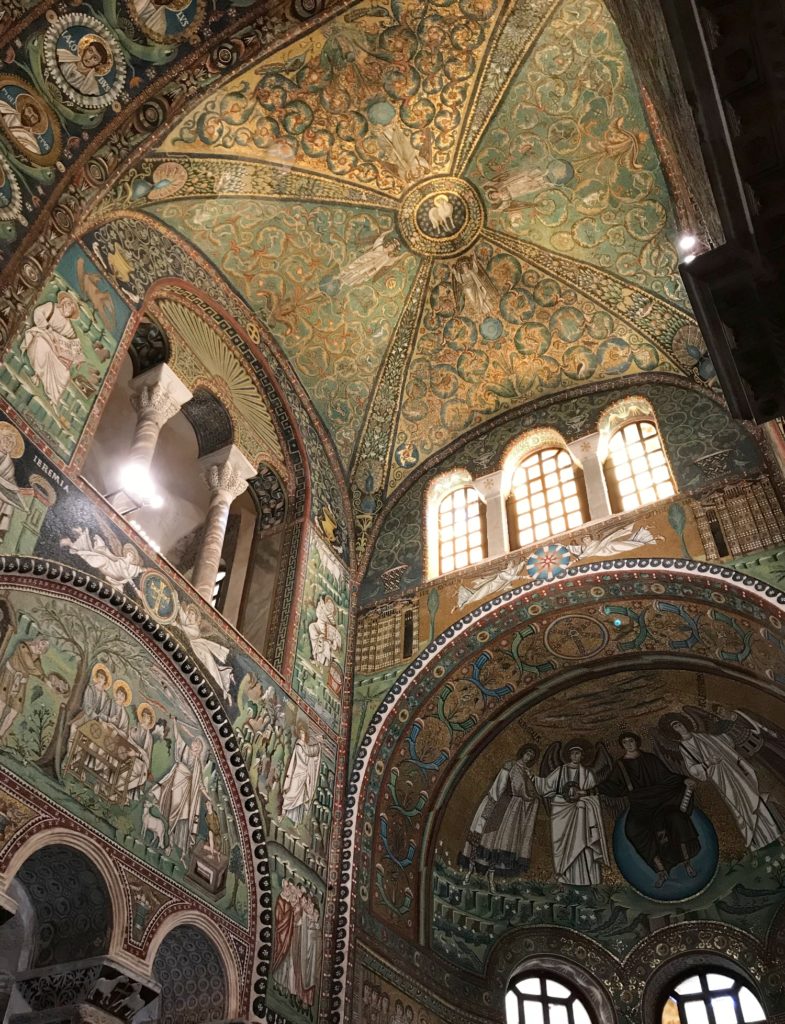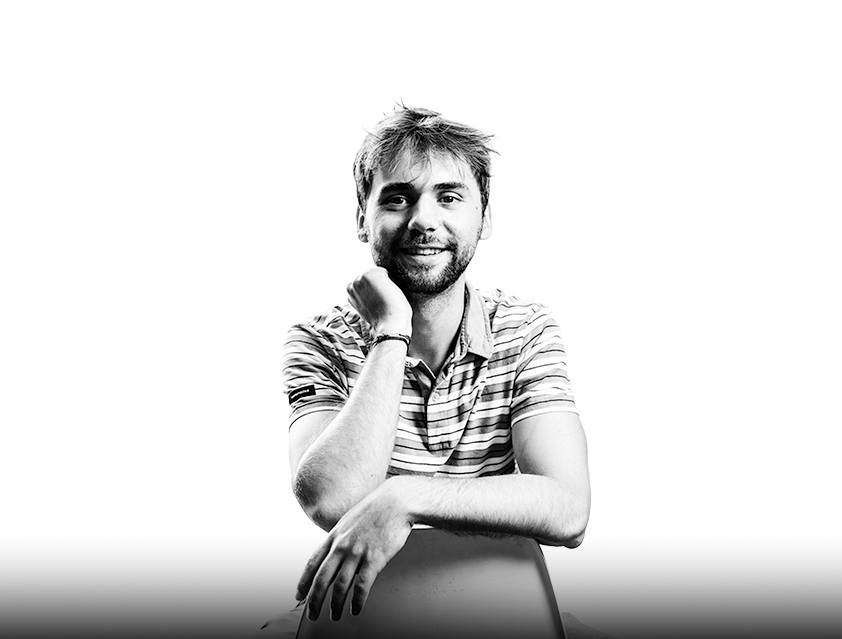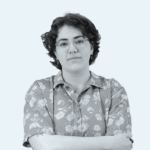So here I am, in Ravenna. A mid-sized city in Italy that is a UNESCO World Heritage Site due to the mosaic decorations in churches and other historic buildings from the fifth and sixth centuries. It also happens to be the city where the last West-Roman emperor was deposed by the German warrior Odoaker, an event which signalled the start of the Middle Ages. And the famous poet Dante Alighieri, he of the Divine Comedy, is also buried here. He spent most of his life in Florence but ended up dying here in Ravenna in exile. The Florentine city government is still trying to get his remains moved to there.
But once I got there, it all turned out to be not quite as I thought
I am here for my Master’s thesis. After endless work on theories, methods and previous studies, I finally get to do my own research. The idea was to look at the effect of cultural heritage on the risk of natural disasters. The heritage organization UNESCO shows in numerous reports that by making a place a World Heritage Site, the people there become less vulnerable to a natural disaster. Ravenna looked the perfect candidate: it is a World Heritage Site and there was severe flooding in the area back in May.

But once I got there, it all turned out to be not quite as I thought. I discovered the flooding didn’t have much of an impact on the city. The historic city centre wasn’t affected; only the fields surrounding the city got flooded. The whole thesis seemed to be melting away in the Italian autumn sun. But just before I started on this column, I heard some of the fields were flooded deliberately to protect the city. I immediately wondered: Could the heritage status have played a role in that decision? And so every time you get a new piece of information, it raises a new question.
I also ended up in an Italian secondary school at one point. To get to know the city better, I’d registered for a guided walking tour of the city. But the tourist season had ended, so I was the only person who turned up. Fortunately the guide was a friendly Italian lady. Somewhat older, but still very youthful in her ways. After the walking tour, in which she told me all about Ravenna’s rich history, she gave me her phone number ‘for if I had any questions’.
Serendipity like this is perhaps the nicest thing about fieldwork
A couple of weeks later, I decided it would be a good idea to interview her for my research, because as a city guide she knew a lot about the city’s heritage. It turned out she was a teacher at a secondary school, and she invited me to come and talk to the pupils about my research! Serendipity like this is perhaps the nicest thing about fieldwork. You end up in all kinds of unexpected situations, each of which adds a new and unexpected piece to the fieldwork mosaic.
Resource-student editor Maurice Schoo (24) is a second-year master’s student of Development & Rural Innovation. He likes to cook, and he paints when he has the time.




